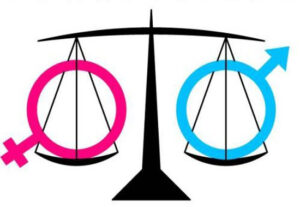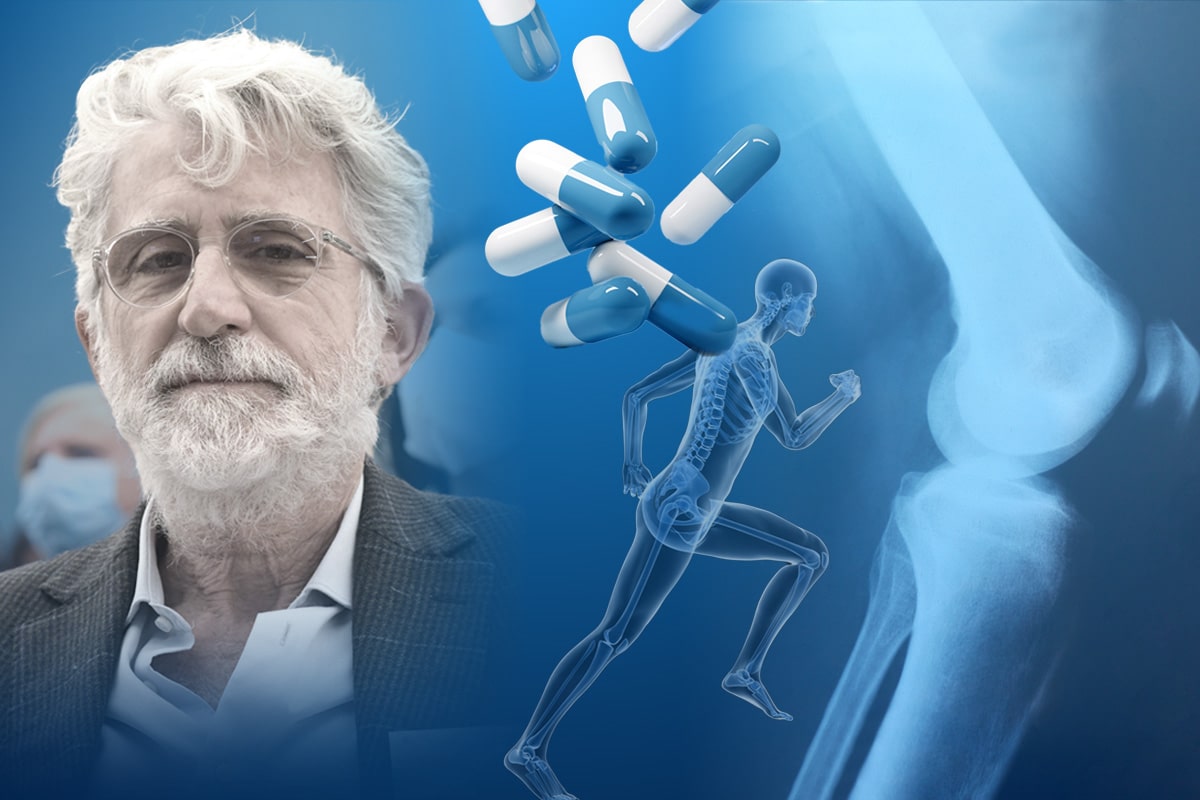by Geraldina Fiechter
Professor Alfredo Zuppiroli, regional president of the Bioethics Commission of Tuscany
Doctor, can it be said that medicine is male-dominated?
“Sure. Let’s say androcentric. Since the 90s of the last century, attempts have been made to shift the interest in women’s health from only aspects related to reproduction (cycle, menopause, pregnancies) to the role that biological variables (linked to sex) and psychological ones , environmental, cultural and socio-economic (related to gender) have on all diseases, but still a long way to go “.
Does it refer to daily clinical practice or research?
“In both areas, women continue to be underrepresented compared to men. In large international studies they often make up no more than 25% of the subjects enrolled in the experimentation “.
Why such a conspicuous and harmful gender gap for women?
“One explanation may lie in the fact that research protocols tend to eliminate variability, simplifying the characteristics of the population under study. The female organism is in fact much more complex and its responses are more difficult to classify: just think of the changes in the various age groups, the cyclical hormonal variations, as well as the fact that women’s bodies are not only (on average) smaller. , even in its organs, compared to the male one, but it has a different distribution of fat and lean mass, a different content of liquids “.
But then the differences also concern other categories such as children or the elderly?
So in medicine it would be wrong to talk about equality?

Eight out of ten drugs withdrawn for toxicity, according to a Canadian study, caused side effects in women
“Neutrality with respect to sex and gender, when there are precise factors of differences in the incidence and outcome of many pathologies, results in a powerful factor of disparity and inequity. Let us remember the words of Don Milani – even if addressed to the world of school, they have a universal value: ‘There is nothing more unfair than making equal parts among unequal ones’. Recognizing the differences is a precise ethical and civil duty, as well as a professional one; medicine and public health cannot fail to take this into account in the context of prevention, diagnosis and treatment policies “.
How is the concept of equal opportunities in the health field implemented?
“It must also extend to the opportunity to have adequate treatment in the event of illness, in the spirit with which Amartya Sen. he understands the concept of health equity: ‘Not equal care for all, nor treatments equally extended to all, but treatments such that everyone can have an equal chance of enjoying good health‘ ”.
Any examples of drug or therapy that should be differentiated? We have seen that aspirin, for example, has many doubts about its effectiveness in women.

The attention to sex / gender difference is not present in the EMA (European Medicines Agency) datasheet
“Aspirin is still being investigated. The case of the Zolpidemon the other hand, it is clearer and more emblematic: only after many years from the marketing of this drug against insomnia, the FDA americana approved a gender-specific dose. There had been numerous episodes of reduced ability to drive by women in the morning after taking the drug, and an ad hoc pharmacokinetic study actually showed reduced elimination of the drug in women ”.
And now it is written in the technical data sheet of the drug?
“Unfortunately this attention to the difference of sex / gender is not present in the technical data sheet of theEMA (the European Medicines Agency) and therefore in Italy the drug is sold with the sole recommendation to use lower doses in the elderly or in patients with severe hepatic insufficiency, without any reference to women “.
Why do women respond to treatment differently than men?
“For drugs the problem is mainly related to physiological, anatomical and hormonal differences, which determine a considerable diversity in pharmacokinetics, i.e. in the different way in which the drug is absorbed, distributed, metabolized and eliminated, and in pharmacodynamics, i.e. in the response of the body to a given drug concentration in the blood or tissue. Instead, we continue to have drugs available on the market with standard dosages, the same for everyone, both for a man of 100 kilos and one meter to ninety in height and for a woman one and a half meters tall with a weight of 50 kilos “.
Women also use a lot of supplements and cosmetic products that men don’t use. Can this interfere?
“And how. We think of many herbal products, food supplements, creams for the body, to all that complex set of ‘natural’ products that can chemically interfere with food and drugs. And this must always be considered ”.
Among the various gender differences in medicine there is an important one that concerns transplants. It seems like a general metaphor: why are women more donors and males more recipients?

Among the various gender differences in medicine there is an important one that concerns transplants. It seems like a general metaphor: because women are more donors and males more recipients
“It is true, women are more often donors than recipients, while recipients are mostly males. Do women have more self-sacrifice and a sense of responsibility than men and are therefore more likely to donate their organs? Could be. In this regard, the data from the ministry of health are interesting, which tell us that in living, voluntary and free donation, two thirds of all organs are donated by women ”.
Conversely, are women less willing to accept a transplant?
“It is not possible to answer absolutely yes or no, given the complexity of the factors involved: it must be considered that men have a higher incidence of those diseases for which a transplant is necessary and have a higher prevalence of hypertension or ischemic heart disease, which makes them unsuitable to be donors. Of course, if in heart transplants women are 45% of the donor subjects but only 31% of the recipients, very rigorous studies would be necessary to understand whether the fact that the recipients are more male reflects the higher prevalence of men in the diseases that need a transplant, or there are other reasons. See the situation in the United States, where not only women but also ethnic minorities and people with low socioeconomic status are less likely to have access to a transplant ”.
And what changes if the doctor is a woman?
“This is another fact to investigate. Research in Italian-speaking Switzerland, for example, has shown that the probability for a woman to be subjected to excision of the uterusif her gynecologist is male, it was almost double that of the patients who go to gynecologists (obviously all other conditions being equal) ”.
